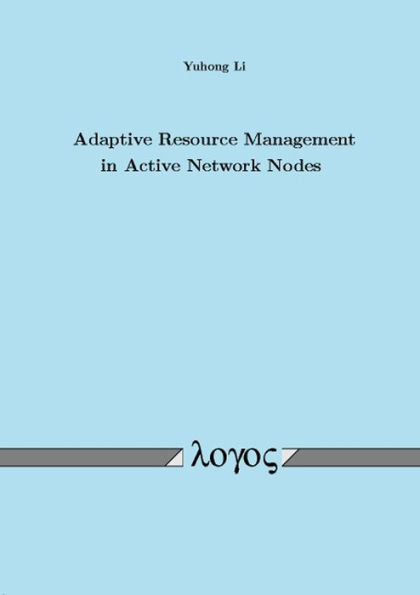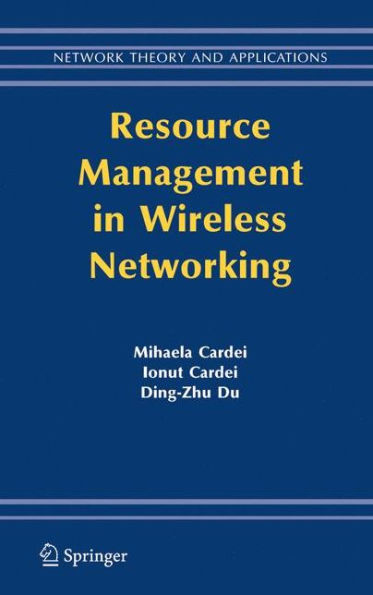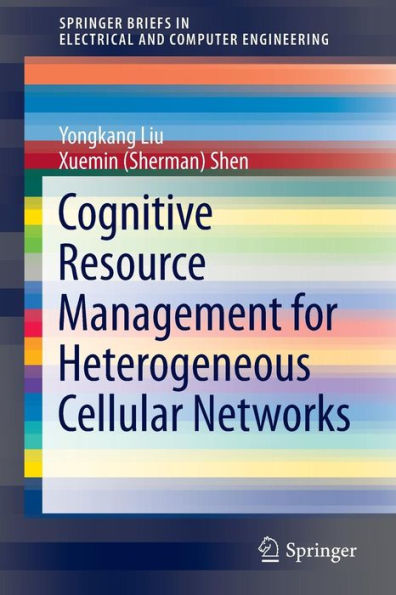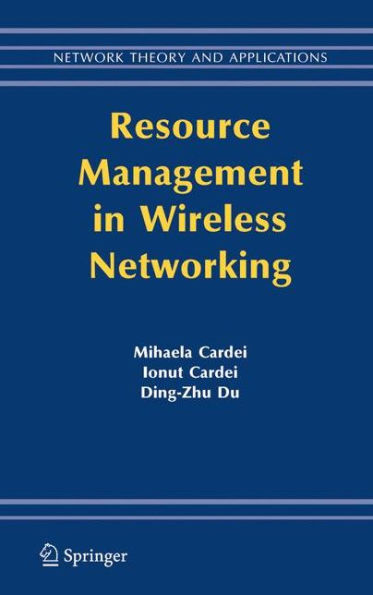Home
Adaptive Resource Management in Active Network Nodes
Barnes and Noble
Loading Inventory...
Adaptive Resource Management in Active Network Nodes in Franklin, TN
Current price: $61.00

Barnes and Noble
Adaptive Resource Management in Active Network Nodes in Franklin, TN
Current price: $61.00
Loading Inventory...
Size: OS
Active Networks enable users to inject and execute their programs in the active nodes in order to increase the flexibility of the networks. This changes greatly the resource usage in the active nodes and requires correspondingly a new resource management mechanism. However, the existing work has not addressed the provisioning of resource guarantees for applications and simultaneously taken the new resource usage characteristics emerged in active networks into account. Due to the introduction of user-specific computation in the active nodes, resources such as CPU and memory used by applications cannot be neglected like normally done in the current IP-based networks anymore. Moreover, due to the diversity of user programs, the usage of different types of resources in the active node systems may be non-balanced. Thus, situations that a user-specific computation cannot be executed due to the lack of only one or several types of resources may appear. Therefore, the resource management methods employed in the current Internet cannot be directly used in active networks. A more elaborated resource management method is needed in active nodes. The usage of each type of resources, the possible tradeoff among the resources, as well as the total system resource utilization must be considered. In this work, a new resource management mechanism for active nodes has been developed. In order to address both the type and the amount of resources in active nodes, the concept of resource vector is introduced to facilitate the description of the resource usage in the active node system. Based on this, the adaptable resource vector space (ARVS) is suggested to describe the resource adaptability of applications. The ARVS formulates a generic model for network adaptation, and expresses also the individual resource requirements of applications. An adaptive admission control mechanism has been designed to support the resource adaptation among different types of resources and among different applications in the active nodes. During the resource adaptations, it takes both the performance of the applications and the resource utilization of the node system into account. This mechanism supports both the generic network admission control and the flexible application-specific adaptation in the network nodes. An active node architecture supporting the suggested adaptive admission control mechanism has been implemented. The resource management subsystem in the architecture realizes the admission control algorithm and performs resource adaptations. It oversees and manages the entire resource usage within an active node. Several experimental applications have been developed on top of this architecture, and used to evaluate the performance of the implemented node system.
Active Networks enable users to inject and execute their programs in the active nodes in order to increase the flexibility of the networks. This changes greatly the resource usage in the active nodes and requires correspondingly a new resource management mechanism. However, the existing work has not addressed the provisioning of resource guarantees for applications and simultaneously taken the new resource usage characteristics emerged in active networks into account. Due to the introduction of user-specific computation in the active nodes, resources such as CPU and memory used by applications cannot be neglected like normally done in the current IP-based networks anymore. Moreover, due to the diversity of user programs, the usage of different types of resources in the active node systems may be non-balanced. Thus, situations that a user-specific computation cannot be executed due to the lack of only one or several types of resources may appear. Therefore, the resource management methods employed in the current Internet cannot be directly used in active networks. A more elaborated resource management method is needed in active nodes. The usage of each type of resources, the possible tradeoff among the resources, as well as the total system resource utilization must be considered. In this work, a new resource management mechanism for active nodes has been developed. In order to address both the type and the amount of resources in active nodes, the concept of resource vector is introduced to facilitate the description of the resource usage in the active node system. Based on this, the adaptable resource vector space (ARVS) is suggested to describe the resource adaptability of applications. The ARVS formulates a generic model for network adaptation, and expresses also the individual resource requirements of applications. An adaptive admission control mechanism has been designed to support the resource adaptation among different types of resources and among different applications in the active nodes. During the resource adaptations, it takes both the performance of the applications and the resource utilization of the node system into account. This mechanism supports both the generic network admission control and the flexible application-specific adaptation in the network nodes. An active node architecture supporting the suggested adaptive admission control mechanism has been implemented. The resource management subsystem in the architecture realizes the admission control algorithm and performs resource adaptations. It oversees and manages the entire resource usage within an active node. Several experimental applications have been developed on top of this architecture, and used to evaluate the performance of the implemented node system.

















